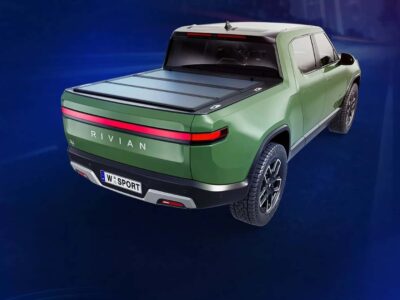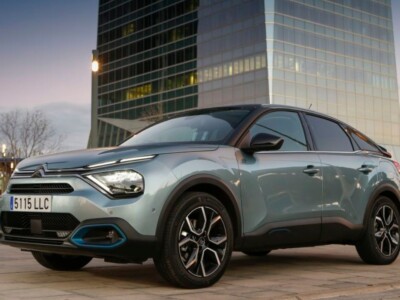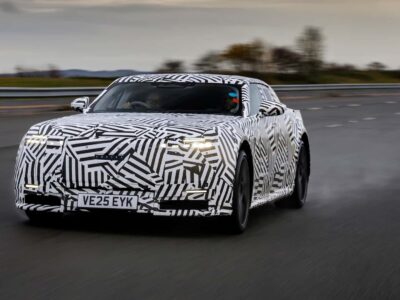
The UK telecommunications company, BT Group, has recently announced a pilot program to integrate electric vehicle charging into street cabinets typically used for housing telephone and broadband cables.
The first such retrofit has already been completed in Scotland, with more planned in the coming months, as per a press release from BT Group (via IEEE Spectrum). The company aims to complete up to 600 installations by the end of 2024.
The pilot involves adding a device to existing street cabinets capable of directing power to curbside chargers while preserving the existing broadband hardware. BT Group also highlighted that electric vehicle charging capability can be added to cabinets slated for retirement.
To qualify for electric vehicle charging, BT Group requires a cabinet to have a 100-amp electrical connection and be located within 80 meters (262 feet) of a designated electric vehicle charging parking spot. Even with these requirements, BT Group estimates that up to 60,000 cabinets could be retrofitted for charging. Even if only half of the cabinet’s 100 amps are used for charging, it could potentially provide enough power to charge several electric vehicles overnight.
This initiative presents another potential solution for on-street electric vehicle charging, making electric vehicles more practical for urban residents living in apartment buildings without access to conventional home charging.
Cities worldwide have been exploring ways to implement more on-street charging, with charging on lampposts and pop-up charging stations among the possibilities. The UK has tested the latter, while lamppost chargers have been deployed in various locations, including Lancaster, California.
Among the more ambitious projects is one by Shell and Ubitricity, aiming for 50,000 on-street chargers in the UK by 2025, and Seoul, South Korea, pushing for over 200,000 public electric vehicle chargers by 2026.







